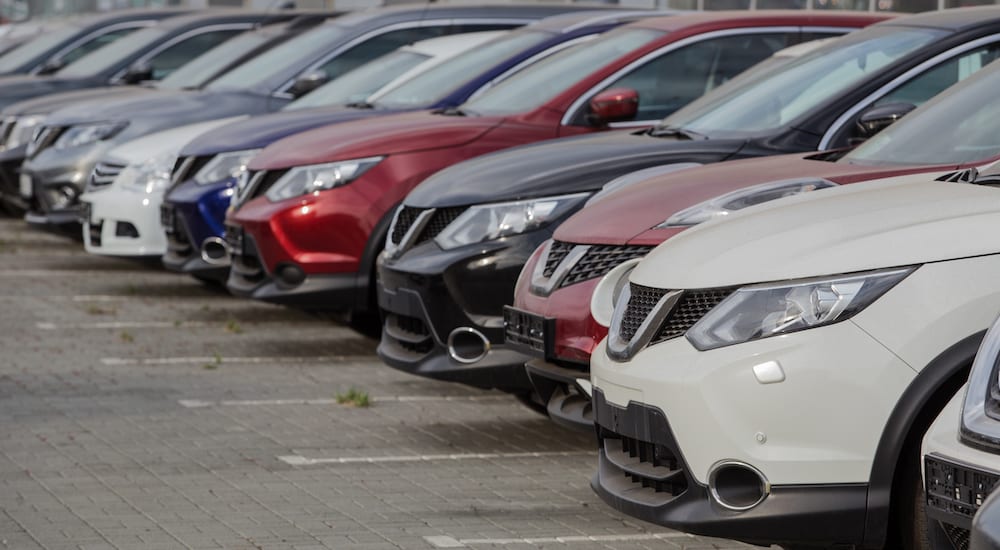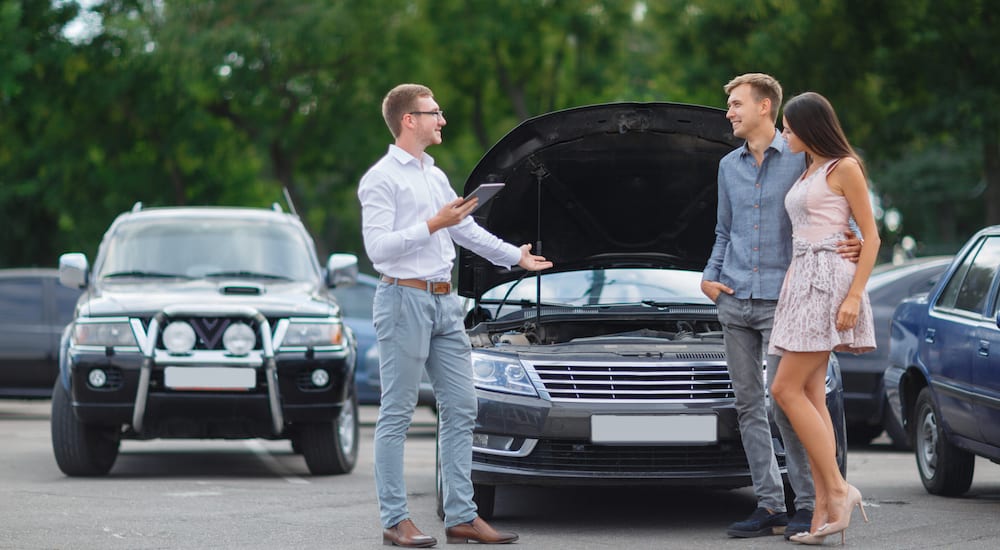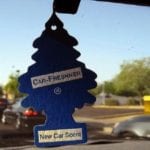Buyers often target used vehicles because of the reasonable price tags. However, that financial incentive is slowly being reduced, as a recent Edmunds.com report showed that used car prices are increasing. How much are they climbing? The average used car price (which we’ll get to later) is expected to reach an all-time high! Regardless of the reasons (which we’ll certainly not ignore), there’s no denying that it’s a bad time to be in the market for used cars.
However, there’s no reason to be pessimistic. History has shown us that these prices fluctuate, and rising car prices are often an indication that the economy is doing well. Before you give up, settle for your beater car, and decline that chance to visit your local used car dealership, check out our explanation for why things why won’t be so bad…
Robert Duffer of the Chicago Tribune writes that used-car prices hit an all-time high in the second quarter of 2015. The current average price of a used car is around $18,800, which is a 7.6-percent increase over last year’s average price (making for about a $1,300 uptick in sticker price). Predictably, prices for new vehicles are also rising, as Duffer notes that the “average transaction price” of $33,340 nearly broke a record in the second quarter of 2015. In fact, some, including Edmunds.com analyst Jessica Caldwell, believe that the prices are directly correlated.
“People are buying more trucks and SUVs, and they’re getting them better equipped,” she said. “More expensive new vehicles means more expensive used vehicles.”
There are several monetary factors that could be attributed to the rising price of used cars. Duffer points to a “better economic outlook,” indicating that buyers not only have the money to buy their desired vehicle, but they’re not apprehensive about the potential financial implications of making such a purchase. Low unemployment would also have an effect, since more employed customers means more money coming into these dealerships, justifying the car seller’s bump in prices. Furthermore, low interest rates means people can use their budgeted interest money to buy more expensive vehicles or upgrades. Low gas prices would have a similar effect, as potential buyers may view their “saved gas money” as an opportunity to spend more on a particular vehicle.
The writer also believes that “off-lease cars” may have made an impact on the price of used vehicles. Car owners are now holding on to their vehicles for an estimated 11.5 years, which Duffer notes is an all-time high mark. The recession meant people kept better care of their cars as they attempted to avoid costly repairs. As the market improves, these drivers aren’t necessarily looking to flip their cars, as they’re apparently perfectly content with their aging, reliable ride. Still, the improved economy has surely had an impact, as an estimated 17 million new vehicles are expected to be sold this year, the most since 2001.
So which used cars have seen a particular boom in prices? That would be pickup trucks, which are generally the most popular vehicles on both the new and used markets. Duffer says used prices on trucks have jumped 8.7% in the past year, now coming in at an average price of $23,081 (and some new trucks nearing an $80,000 price tag).
Certified pre-owned vehicle are a factor in the used market’s popularity, notes Duffer, pointing out that these CPOs account for 22.7 of used-car sales. These types of used cars are essentially backed by the manufacturer, with the vehicle going through a detailed inspection to determine whether it’s eligible for such a tag. With these vehicles, the buyer is often offered some sort of warranty, protecting them in case of an unexpected issue. Of course, considering the tests the car was put through, you should already figure that your targeted CPO is a reliable vehicle.
“It’s a way for automakers to make money on used cars, get a piece of pie from dealers,” Caldwell said. “People want peace of mind for their used car, and I think CPO delivers that. They’re afraid of the lemon.”
Are any car prices actually dropping? Believe it or not, “newer” used cars (those around one to two years old) have experienced more prices drop than older models.
“Three-year old used cars, for example, have more bells and whistles than older used cars, and they’re actually selling for less than they did just one year ago,” said Caldwell (via Justin King of LeftLaneNews.com). “Compare that to vehicles aged eight and over, whose prices are up 11 percent or more, on average, over last year.”
Furthermore, it’s been cars that are plus-eight years old that have seen the highest jump in value (about 11 percent in one year). Meanwhile, used luxury car prices have dropped about 7 percent in the second quarter of this year, with the average price currently around $52,000.
“Some of this is people wanting SUVs but not being able to finance them, so they go back in time to get body-on-frame SUVs, pre-crossovers,” Caldwell explained.
So this is likely a temporary boom, right? We can’t expect the economy to remain prosperous, and we can’t expect the average price of used cars to continue exceeding $18,000. Plus, we can refer to history to show that these elevated prices are often only temporary.
In 2012, reports suggested that used cars were set to reach all-time high prices, and this was following a multiple-year upwards trend for the market. At that time, the rise in popularity was attributed to the recent recession, which saw new-car sales dip to an all-time low. While there were previously 16 to 17 million used cars sold a year, the 2008 recession resulted in only 10 to 13 million being sold.
However, in 2013, reports suggested that used car prices were starting to decline again. This time the decline was attributed to an increase in new-car sales, and many also pointed fingers to off-lease cars, were now littering used car lots.
“The used-car market, in terms of pricing, is poised for further softening,” Tom Kontos of Adesa Analytical Services said at the time.
As you can see, the prices have frequently fluctuated, and we’d expect them to do the same following this current run However, Caldwell would disagree with that sentiment.
“Trade-in and lease return volumes show no signs of relenting,” she wrote in her Edmunds.com report. These high volumes will grow used inventory and take the market to new levels of sales and pricing in the coming years.”
So yes, prices for used cars have been rising across the board. It doesn’t incentivize purchasing new, however, as new car prices are also climbing. If anything, it’s a clear sign of the market, and while we may see used car prices dropping, the average price will generally stay the same.
Therefore, you shouldn’t be apprehensive about purchasing a used vehicle. If you’re in the market, you can still be confident that you’ll find reasonable and competitive prices at any of your local used car dealerships. The helpful staffs will hook you up with your ideal car… and you’ll forget all about the price increase.







